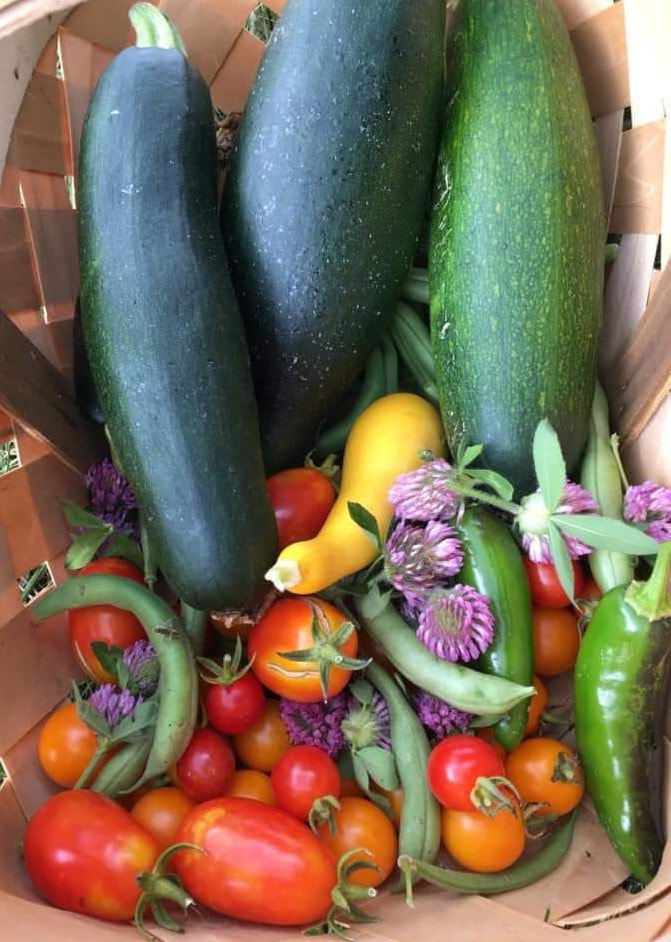|
Aanii! To go with our teachings I am adding some info the next few weeks on some traditional foods we have and can still eat. In thr spring, after a long winter, there would be greens that we needed to add to our diet to rebuild strength lost during winter. I'll teach you about several we can still find today as well as fish which was some of our first spring meat. So over the next couple weeks I'll be making posts about what to find and eat as we thaw out from winter
Ramps AKA Wild Leek One green we would search for are ramps. I spent a lot of time in the woods hunting down this elusive food. If you can find them you don't easily miss them again because you start noticing them everywhere! Ramps, when picked, have an onion/garlic smell. They have flat, broad leaves and unfortunately grow amongst what is called lily of the valley, which is toxic to eat. Lilly of the valley has similar leaf structures to ramps. The key differences are the smell, the flower (little white bell shapes means its not a ramp), and ramps have a burgundy color at the base. It's important to sustainably harvest them. It can take up to 7 years for a new ramp plant to grow if they are ripped out. Many people like to dig up the entire plant, roots and all. Frankly my favorite and most used part are the leaves. Traditionally we'd use them to add to soups, salads and my personal favorite is wrapping a spring fish in them and slow smoking it. This infuses the fish with the ramp flavor and is tasty! I only take 1 leaf from each plant to allow them to grow so each year I can have some. I like to dehydrate them for 6 hours until they are crisp. I'll then grind them down into smaller peices I can use in winter! Nothing beats a venison stew with ramp in the broth, or slow cooking rabbit with dried ramps. Now I'm getting hungry! The best part is just how healthy these are for you! Nutrition Facts 1 Cup Contains The Following 54 Calories 13 grams of carbs 31% Vitamin A 28% Vitamin C 6% Calcium 11% Iron The % is how much of your daily amount the ramp has. 31% means 31 out of 100 and for a plant thats super high (read that as a good thing). It makes sense that it helped us recover strength and health after winter. It woud also give us healthy energy (calories and carbs) to go spearing and foraging. Later I'll add pictures to this to show what they and lily of the valley looks like. Miigwetch for swinging by to learn foods! Hope you'll continue coming back!
0 Comments
Leave a Reply. |
Biskaabiiyang CommitteeThis area is all about traditional foods, recipes, and food sovereignty! Archives
February 2024
Categories |

 RSS Feed
RSS Feed
